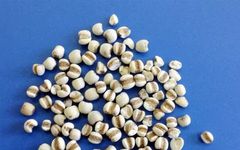❖
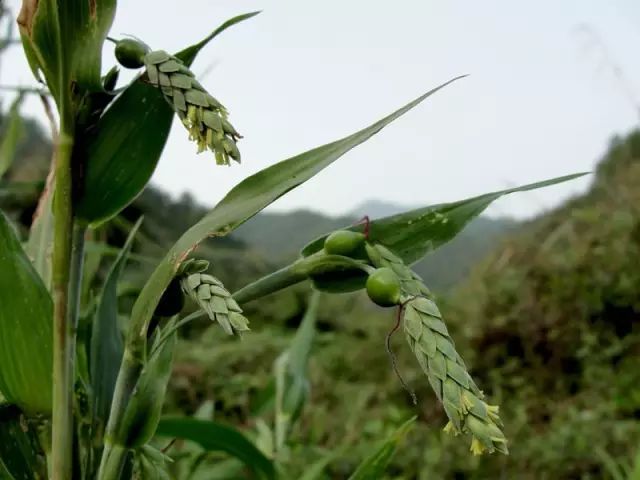

Coix Seed, also known as Yi Yi Ren (薏苡仁), is a herbaceous plant belonging to the Poaceae family, which can be annual or perennial. The seeds are used medicinally and are a widely used food-medicine dual-purpose herb, serving as an important ingredient in many delicious medicinal dishes suitable for all ages. While most people are familiar with Coix Seed, few can accurately identify how to select the highest quality seeds. Below, I will provide a detailed introduction to Coix Seed from aspects such as historical development, market research, and morphological characteristics to assist everyone in purchasing Coix Seed.
Historical Development
Coix Seed is first recorded in the Shennong Bencao Jing (神农本草经), classified as a superior product. The Song dynasty’s Tujing Bencao describes it as “spring sprouts, stems three to four feet high, leaves like millet. It blooms red and white flowers in spikes, bearing fruit in May and June, which is clear white and shaped like pearls but slightly elongated, hence the name Coix Pearl (薏珠子).” The Han dynasty’s Mingyi Bielu notes, “Currently, those from Han Liang are inferior in quality to those from Zhen Ding (present-day Zhengding County, Hebei), with the best being those of a greenish hue.” The Liang dynasty’s Bencao Jing Jizhu states, “Grown in Jiaozhi (present-day northern Vietnam) and Han Liang.” The Ming dynasty’s Bencao Pinhui Jingyao lists it under the grain category, indicating that it was primarily used for medicinal purposes, with the best quality coming from Zhen Ding County (present-day Zhengding County, Hebei). The Bencao Gangmu provides a more detailed account, categorizing it under grains, stating, “There are two types: one is sticky and has a thin shell, which is Coix Seed. Its grains are white like glutinous rice and can be made into porridge and flour products. The other is round with a thick, hard shell, which is the Bodhi Seed.” This indicates that Coix Seed has long been a favored food-medicine dual-purpose product, a common item on people’s dining tables.

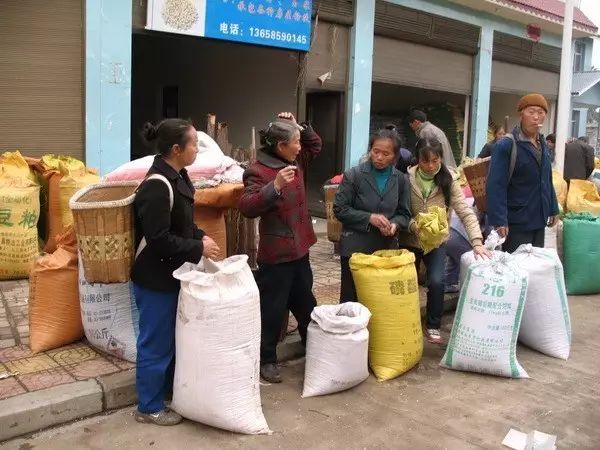
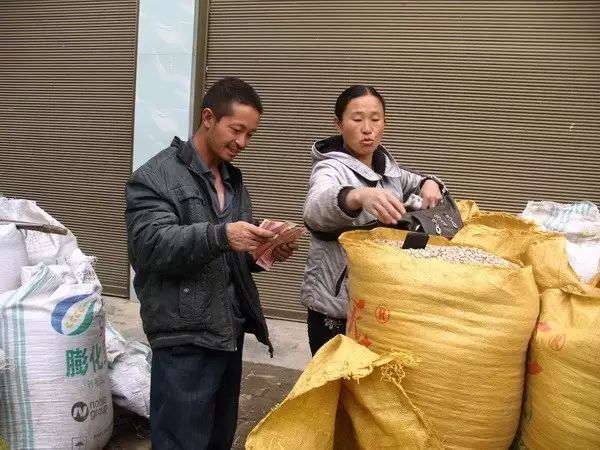
Market Research
Coix Seed is cultivated in most regions of the country, with the 1963 edition of the Pharmacopoeia listing its main production areas as Fujian, Hebei, and Liaoning. This aligns with the Bencao Pinhui Jingyao stating that the best quality comes from Zhen Ding (present-day Zhengding County, Hebei). However, with societal progress and economic development, Coix Seed, being a low-value economic plant, has not been profitable for farmers, leading to a decline in traditional production areas. Market research indicates that the main production areas of Coix Seed have shifted to provinces such as Guizhou, Guangxi, and Yunnan, as well as neighboring countries like Vietnam, Myanmar, Laos, and Thailand. In fact, the primary trading market for Coix Seed has also moved to Xingyi City in Guizhou, where local merchants often handle the entire process from harvesting to processing and sales. The varieties sold include both domestic and imported Coix Seed, making it the largest wholesale distribution center for Coix Seed in the country. I suggest that the main production areas for Coix Seed in the future should be Guizhou, Yunnan, and Guangxi.
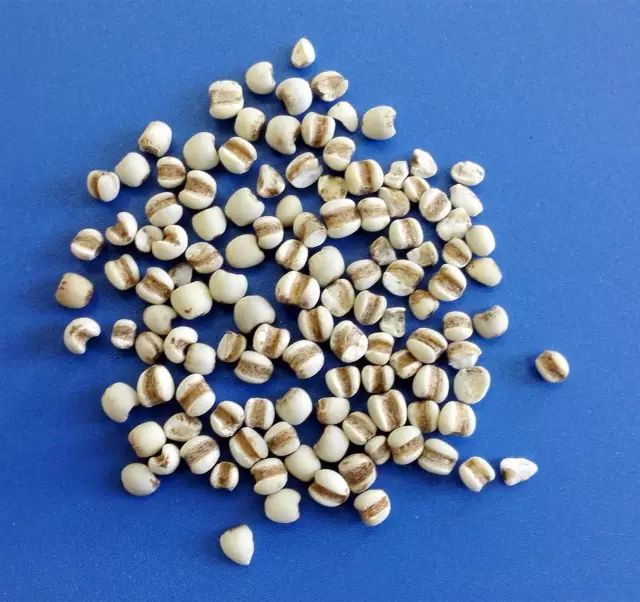
Guizhou Production

Yunnan Production
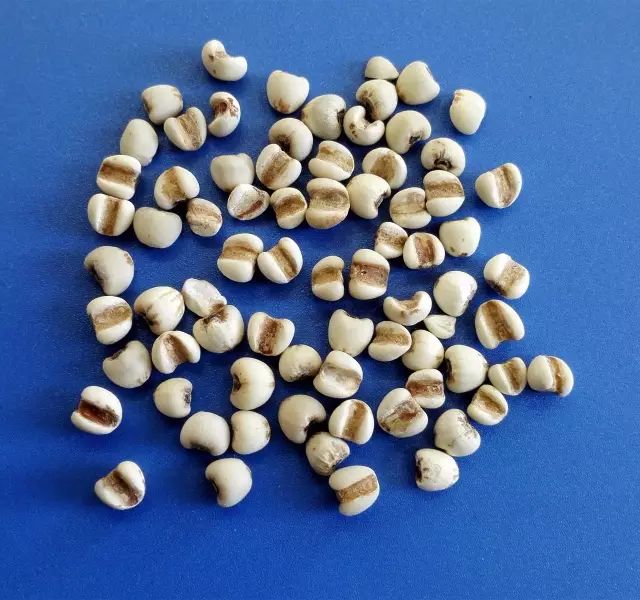
Thailand Production
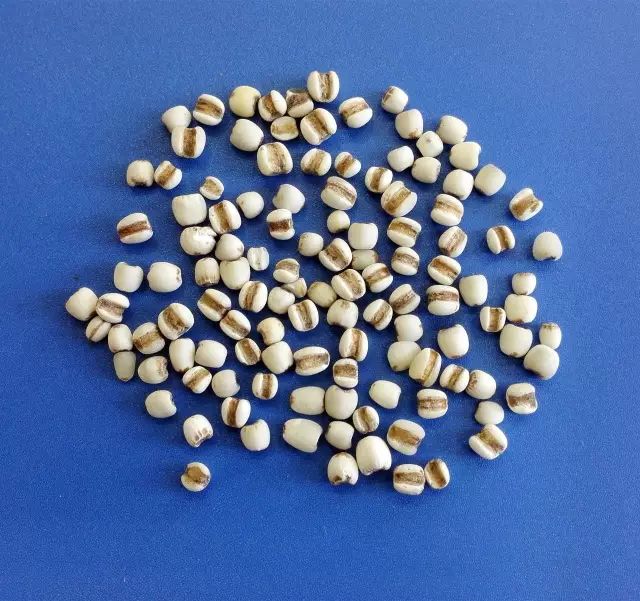
Myanmar Production
Additionally, investigations have revealed that the origins of Coix Seed in the market are complex, with both domestic and imported varieties available, and the quality varies significantly. The best quality is from Guizhou’s small Coix Seed, known in the industry as “Flower Coix Seed,” which has the highest content of triglycerides and is highly sought after by major pharmaceutical companies. The next best quality comes from Yunnan and Guangxi. The lowest quality is from large Coix Seed imported from Thailand, Vietnam, and Myanmar, which often fails quality inspections due to insufficient triglyceride content. There are also imported small Coix Seeds that closely resemble domestic ones but often do not meet the required content. How to select high-quality Coix Seed will be discussed in the next issue. (To be continued) (Some images are sourced from the internet; please contact for removal if there are any copyright issues.)

Long
Press
Attention
Unlock More Exciting Content

